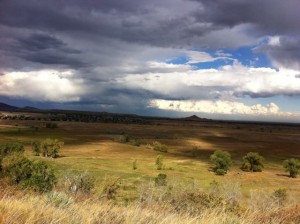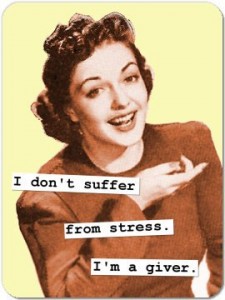foun·da·tion [foun-dey-shuhn]
noun 1. the basis or groundwork of anything
Advanced Life & Sports Performance: Foundation Training
Foundation Training Testimonials
Maia Ignatz, Foundation Training Instructor
My expertise in human movement, anatomy, and physiology, paired with my passion for life, sport, and helping others, makes me a great Foundation Training Instructor. I constantly strive to learn more and be my best in what I love and do in Life!
Foundation Training & Massage Therapy are perfect compliments to each other. Through massage therapy you will improve or maintain the condition of your tissues and bodily systems – from your mitochondria, fascia, tendons, ligaments, muscles, organs, immune system, nervous system, etc. to your mental/emotional being. Foundation Training will teach you to move properly, increase strength and flexibility, improving the faulty movement patterns that are causing aches, pains, and injuries.
Foundation Training: Relieve Pain, Improve Athletic Performance, and Prevent Injuries
Foundation Training is a series of body-weight exercises based on properly integrating the muscular chains of the body. Foundation exercises begin with the Posterior Chain of Muscles, to stabilize your spine and pelvis – your core, because our modern lifestyles cause most of these muscles to become weak and imbalanced. Weak and imbalanced muscles result in pain, decreased function, and improper movement patterns throughout the body. Get the most out of life and sport by training your body to move the way it was intended to move.
80-90% of Americans will experience chronic back pain at some time in their lives; however, this does NOT mean that back pain is normal, it is not normal. Back pain comes in many forms, from low back pain, middle back pain, or upper back pain & neck pain, to low back pain with sciatica. Take action, be proactive and take care of your spine. Stop treating the symptom, the pain, and change the movement pattern(s) that are causing dysfunction, breakdown, and pain. Stabilize and strengthen your back & core with Foundation!
Everyone can Benefit from Foundation Training: improve spinal & pelvic – core – stability, improve posture, improve the integrity of every movement you make, improve performance, significantly decrease your chances for injury, and decrease or eliminate pain.
How Can Foundation Training Make me a Better Athlete?
If you are interested in mastering powerful movement patterns to improve performance and get the most out of physical activity, Foundation Training is for you – from the recreational athlete to professional athlete. When the muscles of the posterior chain learn to work together, your body will naturally brace the low back and support the spine and pelvis, giving you a more stable platform to drive movement from. The large muscles that surround the hips will properly function to propel you forward with power and coordination. You will become stronger, more flexible, and more functionally fit, ultimately improving performance.
How Can Foundation Training Help keep me Injury & Pain-Free?
Think about the mechanics, if you improperly load a system (i.e. your body: low back, knees, etc) or you load a weak structure (your core: the muscles attaching to your pelvis), you will accelerate wear and tear in the areas that are absorbing force, resulting in injury and pain. Why might you improperly load you body? Because most people have learned faulty movement patterns, resulting in aberrant joint tracking and loading which leads to degeneration. Foundation Training teaches you to move properly, with integrity, spreading force throughout a chain of muscles – intended to absorb force, resulting in natural movement patterns and a decreased chance of injury and pain.
The Science:
Foundation training is neuroplasticity, or “muscle memory”. With Foundation Training, the nerves that control/innervate the muscles are enhanced and the movement patterns become an embedded process. Later, when mastering movement/activities of your choice, you do not have to think about how to move properly, these patterns and neurological pathways will be accessed automatically. With Foundation Training, it is the quality of the exercises and frequency that you do them that matter most. Foundation is a great bookend to any activity (before & after).
Why work with an Instructor?
Peace of mind, improved health & performance, efficient use of time & money – quality. You will get proper instruction from someone who is qualified to teach these very specific exercises. Working with a Certified Instructor will assure that you are taught to do the exercises correctly, safely, & effectively – for your body, and you will be more efficient with your time and training.
Please come to Foundation Training Sessions prepared to move, tremble, and sweat – wear comfortable, athletic clothing, bring a yoga mat and a water bottle.
 Summer has come to an end and winter is just around the bend. Winter is when I see the most injuries and muscle related complaints. During the winter it is cold outside and potentially icy; we are cold, tense, and our circulation is not great lending to muscle tension and a greater risk of injury. Additionally, winter can be stressful; it involves Holidays, bad weather, multiple family gatherings, travel, and extra expenses.
Summer has come to an end and winter is just around the bend. Winter is when I see the most injuries and muscle related complaints. During the winter it is cold outside and potentially icy; we are cold, tense, and our circulation is not great lending to muscle tension and a greater risk of injury. Additionally, winter can be stressful; it involves Holidays, bad weather, multiple family gatherings, travel, and extra expenses.